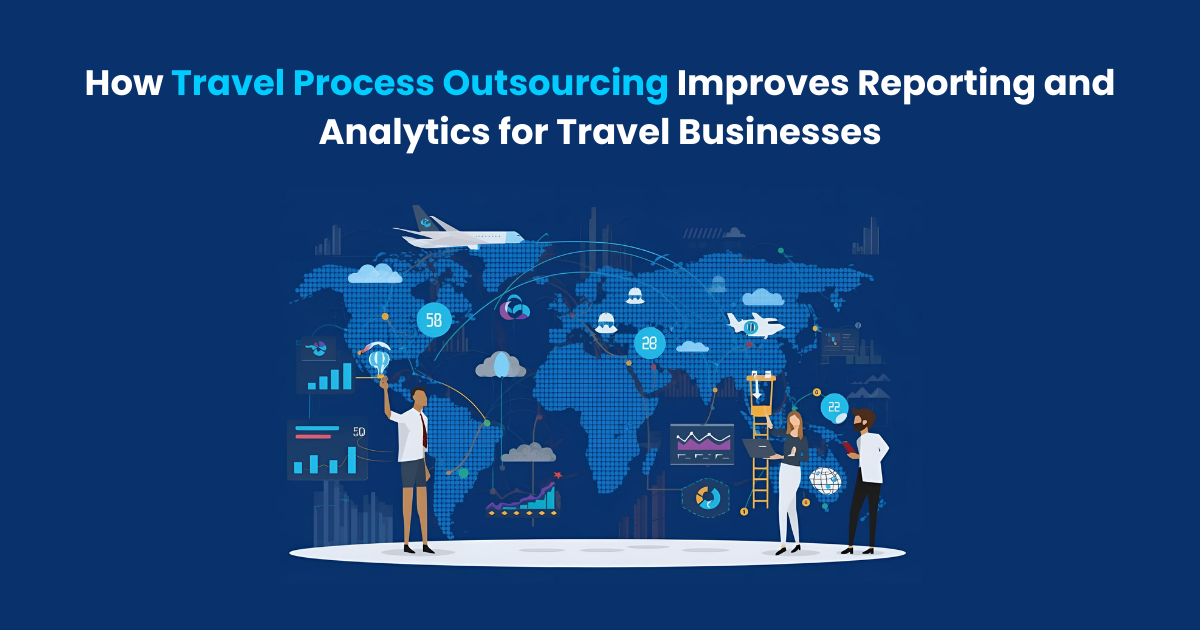
The digital landscape of today is extremely competitive, and every business is competing with one another to attract the attention of online shoppers. The challenge that retailers face is one of a kind: how to differentiate themselves in a competitive market and entice customers to visit their website. As a result of the fact that billions of prospective customers search the internet for goods and services, it is essential to put into action strategies that will assist you in distinguishing yourself from your rivals and attracting a greater number of visitors.
One of the most efficient methods for accomplishing this goal is through the utilization of search engine optimization (SEO). Your website can be optimized through search engine optimization (SEO) to achieve a higher ranking on search engine results pages (SERPs), which will make it simpler for customers to locate your business. When you have a higher ranking, there is a greater likelihood that customers will visit your website, look through your products, and make purchases.
In this guide, we’ll explore actionable strategies that will help you outrank competitors, increase your online visibility, and drive more shoppers to your retail business, all through effective SEO services for retail business.
1. Understand Your Audience and Their Search Behavior
The foundation of any effective SEO strategy starts with understanding your target audience. Retail businesses, in particular, benefit greatly from deeply understanding customer behavior, as it enables you to create content and experiences that resonate with them.
a) Define Your Ideal Customer
Before diving into SEO tactics, you must first define who your ideal customer is. Who are you targeting? Are they young, tech-savvy shoppers looking for trendy apparel, or are they older, health-conscious individuals seeking wellness products?
Once you understand your target demographic, it’s easier to tailor your SEO efforts toward attracting them. For example, if you’re selling eco-friendly home goods, understanding your audience’s concerns around sustainability and eco-conscious living can help you create content that speaks directly to their needs.
b) Keyword Research: Know What They’re Searching For
Your customers’ online search behavior holds the key to your SEO strategy. By conducting thorough keyword research, you can discover the exact terms your audience is using when looking for products you sell. This will help you optimize your website and content to match their search intent.
Start by brainstorming a list of terms related to your products. Then, use tools like Google Keyword Planner, Ahrefs, or SEMrush to uncover more keyword opportunities. Look for long-tail keywords (search phrases with three or more words) that are specific to your offerings. For example, instead of targeting a broad term like “shoes,” you could aim for “comfortable running shoes for flat feet.” These long-tail keywords are often less competitive and more likely to lead to conversions because they indicate a clear intent.
2. Optimize Your Website for Better Search Engine Visibility
Once you know what your audience is searching for, the next step is to ensure your website is optimized for search engines. A website that is optimized for SEO not only ranks higher but also provides a better user experience, which encourages more shoppers to engage with your content and ultimately make a purchase.
a) On-Page SEO: Content That Speaks to Both Users and Search Engines
On-page SEO refers to the optimization of individual pages on your website, including product pages, category pages, and blog content. Here are some important on-page SEO elements to focus on:
- Title Tags & Meta Descriptions: These are crucial for both search engines and users. Make sure your title tags are descriptive, include relevant keywords, and are within the character limit (50–60 characters). Similarly, meta descriptions should provide a compelling reason for users to click, highlighting what makes your page stand out.
- Headings and Subheadings: Use heading tags (H1, H2, etc.) to organize content for both search engines and readers. Your H1 tag should typically include the main keyword for the page, while subheadings (H2, H3) break up the content into digestible sections.
- Content Quality: High-quality, informative, and engaging content is a must. Aim to answer users’ questions, provide value, and showcase your expertise. When creating product descriptions, be detailed and focus on the benefits of your products. Don’t just list features; highlight what sets your products apart from competitors.
- Image Optimization: Images are a key part of a retail website, but they can also slow down your site if not properly optimized. Compress your images to reduce loading times and include alt text that describes the image. This not only helps with SEO but also makes your site more accessible.
b) Technical SEO: Make Your Website Crawlable
Search engines use crawlers to index your website, and if your website has technical issues, it can affect your rankings. Here are a few technical SEO elements to focus on:
- Mobile-Friendliness: More shoppers are using smartphones to browse and make purchases. Google uses mobile-first indexing, meaning it primarily looks at your mobile site to determine rankings. Ensure your site is mobile-optimized, with easy navigation and quick load times.
- Site Speed: Slow-loading websites have higher bounce rates and lower conversion rates. Aim for a site that loads in under three seconds. Tools like Google PageSpeed Insights can help you identify and fix performance issues.
- URL Structure: Keep URLs short, descriptive, and keyword-rich. Use hyphens to separate words and avoid using numbers or unnecessary characters.
- SSL Security: Security is crucial for any online business. Google rewards websites with SSL certificates (which show as HTTPS in the browser), as it signals trustworthiness to users and search engines.
3. Leverage Content Marketing to Attract and Engage Shoppers
Content marketing is an incredibly powerful SEO strategy. By creating and distributing valuable, relevant content, you can establish your brand as an authority in your niche while driving more organic traffic to your website.
a) Blogging: Share Valuable Insights and Information
Blogging is one of the best ways to boost your SEO efforts. By writing informative and well-researched blog posts, you can target long-tail keywords and answer common questions your customers have. For example, if you sell kitchen appliances, you could write a blog post titled “How to Choose the Right Blender for Your Smoothies,” which would likely attract shoppers who are looking for expert advice.
Additionally, blogs provide an excellent opportunity to incorporate internal links to your product pages, helping visitors find relevant products and improving your website’s SEO.
b) Video Content: Show, Don’t Just Tell
Video is a highly engaging content format that can capture the attention of your audience. Whether it’s product demos, tutorials, or behind-the-scenes footage of how your products are made, video content can boost engagement and dwell time on your site, both of which are positive signals for search engines.
Post videos on your website, YouTube, and social media platforms, ensuring they are optimized with relevant keywords in the titles and descriptions. Videos also help increase the time users spend on your site, which can positively affect rankings.
c) User-Generated Content: Build Trust and Social Proof
Encourage customers to leave reviews and share their experiences with your products. User-generated content such as product reviews, testimonials, and social media posts not only builds trust with potential shoppers but also helps with SEO. Reviews and testimonials contain natural language and often include valuable keywords that users are searching for. Positive reviews also provide social proof that your products are high-quality, which can persuade new customers to make a purchase.
4. Build High-Quality Backlinks
Backlinks—links from other websites to yours—are one of the most important ranking factors for SEO. Search engines view backlinks as votes of confidence from other websites, and the more quality backlinks you have, the more likely your website will rank higher.
a) Guest Blogging
Reach out to industry-related blogs or websites and offer to write guest posts. In exchange for contributing valuable content, you can include a link back to your website. This helps drive traffic to your site and builds backlinks from reputable sources.
b) Influencer Marketing
Partnering with influencers in your niche can be a great way to get quality backlinks and increase exposure. Influencers who review or promote your products can link back to your site, which not only drives traffic but also helps improve your SEO.
c) Local Business Directories
Listing your business on reputable local directories like Google My Business, Yelp, and Yellow Pages can improve your local SEO and help attract shoppers in your area. Ensure your business information is consistent across all directories.
5. Utilize Paid Advertising to Accelerate Growth
While SEO is an organic and long-term strategy, paid advertising (PPC) can provide an immediate boost to your online visibility and drive traffic to your site. Platforms like Google Ads and Facebook Ads allow you to target specific demographics and interests, ensuring your ads are seen by the right shoppers.
a) Google Ads: Pay for Immediate Visibility
Google Ads allows you to bid for top spots in search results for your chosen keywords. This is an excellent way to ensure your website appears at the top of the page when shoppers search for products you offer. By targeting relevant keywords and crafting compelling ad copy, you can attract more shoppers and improve conversions.
b) Facebook & Instagram Ads: Visual Appeal for Retail
For retail businesses, visual platforms like Instagram and Facebook are ideal for showcasing products and driving traffic. Use visually appealing ads to promote your products and link directly to your product pages for a seamless shopping experience.
6. Monitor, Analyze, and Adjust Your Strategy
SEO is an ongoing process, and it’s essential to track the effectiveness of your strategies. Use tools like Google Analytics, SEMrush, and Ahrefs to monitor your website’s performance, identify areas for improvement, and adjust your tactics accordingly. Pay attention to metrics like organic traffic, bounce rates, conversions, and keyword rankings to gauge the success of your efforts.
Conclusion
Outranking competitors and attracting more shoppers online requires a combination of strategic SEO efforts, engaging content, and a focus on providing a great user experience. By understanding your audience, optimizing your website, leveraging content marketing, building high-quality backlinks, and utilizing paid advertising, you can improve your online visibility and drive more traffic to your retail business.
Remember, SEO is not a one-time effort; it’s an ongoing process that requires patience and continuous optimization. By staying focused on your audience and consistently refining your approach, you can stay ahead of the competition and see long-term growth for your business.





